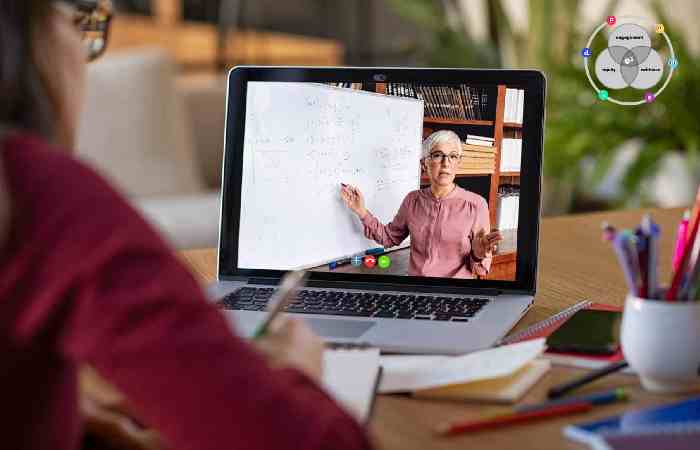Remote Learning Write For Us

Remote learning has transformed the way students and educators interact, offering flexibility, accessibility, and global connectivity. With advancements in technology and the rise of digital platforms, education is no longer limited to traditional classrooms.
What is Remote Learning?
Remote learning, also known as online learning or distance education, refers to an educational system where students and teachers are not physically present in the same space. Lessons are delivered using digital tools such as video conferencing, learning management systems (LMS), and online resources.
Advantages of Remote Learning
- Flexibility and Convenience
Students can access learning materials anytime, anywhere, making education more adaptable to different lifestyles and schedules.
- Cost-Effective
Remote learning reduces expenses related to commuting, accommodation, and classroom resources.
- Access to Global Opportunities
Learners can enroll in courses offered by institutions across the world without relocating.
- Personalized Learning
Technology enables adaptive learning paths, allowing students to learn at their own pace.
Challenges of Remote Learning
- Lack of Face-to-Face Interaction
One major drawback is reduced social interaction and peer learning opportunities.
- Technical Issues
Unstable internet connections or lack of proper devices can hinder the learning experience.
- Self-Discipline and Motivation
Students may struggle to stay focused without the structured environment of a physical classroom.
- Digital Divide
Not all students have equal access to technology, creating educational gaps.
Tools and Technologies in Remote Learning
Learning Management Systems (LMS)
Platforms like Moodle, Canvas, and Google Classroom help educators manage assignments, track progress, and deliver resources.
Video Conferencing Tools
Apps like Zoom, Microsoft Teams, and Google Meet enable live interactions between teachers and students.
Collaborative Tools
Digital whiteboards, forums, and group projects enhance engagement and teamwork.
Best Practices for Effective Remote Learning
For Students
- Create a dedicated study space.
- Follow a consistent routine.
- Actively participate in discussions and assignments.
For Educators
- Use engaging multimedia content.
- Provide regular feedback.
- Encourage group activities to build interaction.
The Future of Remote Learning
Remote learning is here to stay, even as traditional classrooms reopen. Hybrid education models, combining in-person and online methods, are expected to dominate the future of education. Artificial Intelligence, Virtual Reality (VR), and gamified learning will further enhance the online learning experience.
How to Submit Your Articles?
To submit guest posts, please study the guidelines mentioned above. You can contact us by filling out the website contact form or at contact@marketing2business.com
Why Write for Marketing2Business – Remote Learning Write For Us

- By writing to us, you can target your business to a consumer audience and gain huge exposure through your article.
- This will help in building relationships with your beleaguered audience.
- If you write for us, you’ll have the opportunity to showcase your brand and share your worldly insights.
- Our presence is also on social media, where we share your article.
- You can link back to your website in the article, which helps boost SEO value for your site.
Search Terms Related to Remote Learning Write for Us
- School
- online school
- World Wide Web
- Learning
- m-learning
- hybrid
- College
- Community college
- Education
- Outline of education
- Homeschooling
- Internet
- Konstantin Chernenko
- Liberal arts college
- shipping containers
Search Terms for Remote Learning Write For Us
Remote learning school Write for us
Guest Post Remote learning vs online learning
Contribute Remote learning school login
Remote learning in education Submit post
Submit an article on Remote learning examples
Become a guest blogger Remote learning activities
You can send your article to contact@marketing2business.com
